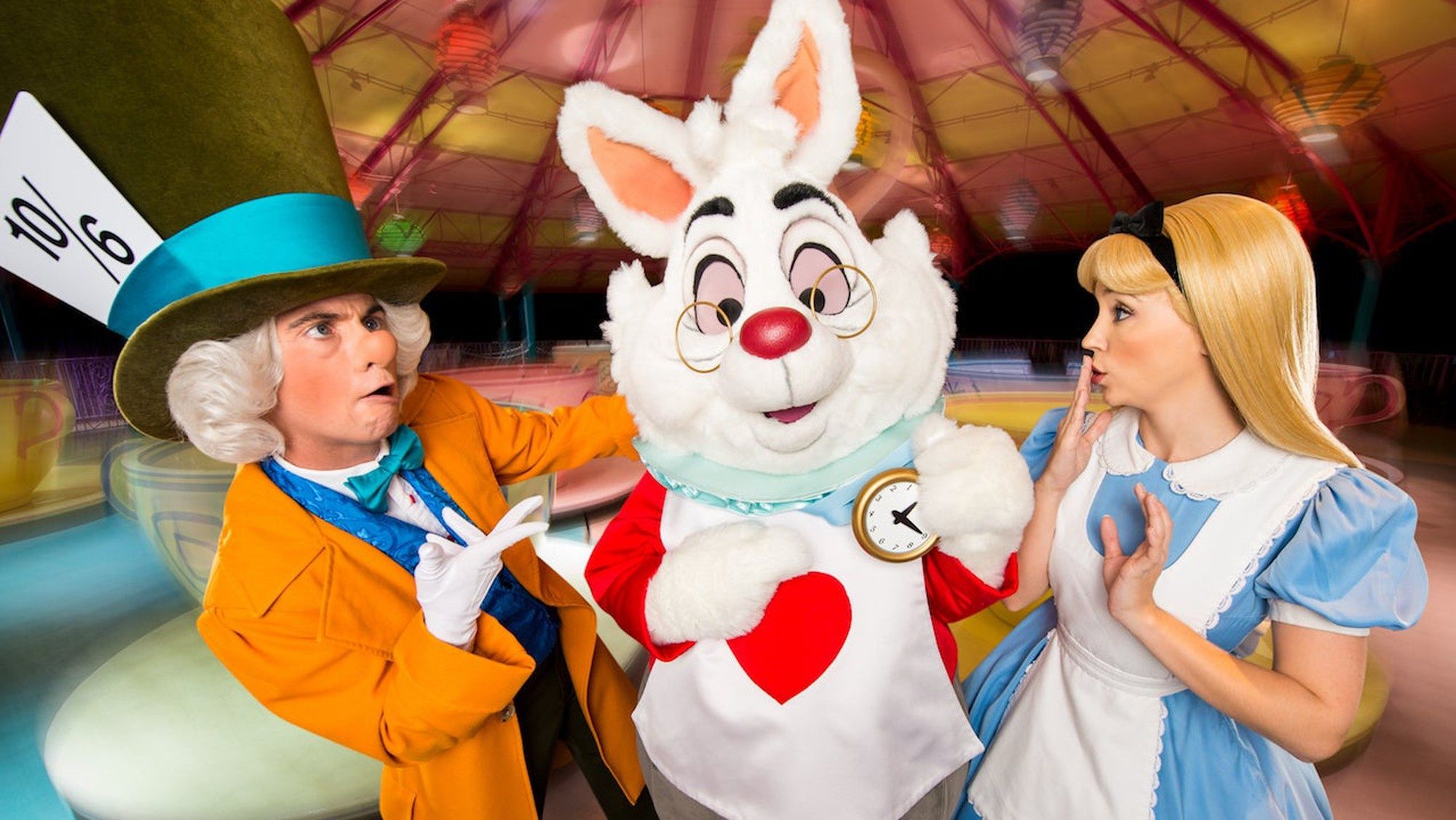COVID-19 has thrown many investors into a frenzy. Should I buy stock in cleaning companies? Home exercise equipment? But the same investing principles that applied before still apply now. Even if the economy doesn't recover quickly, the Foolish investor knows that great companies typically grow their value over time.
So should you disregard companies that exploded during the pandemic? Not so fast. Some trends developing now may well turn into long-term behaviors.
Walt Disney (DIS 0.11%) and Kimberly-Clark (KMB +1.27%) are both leading companies in their industries, but they're quite different in their models and have been affected by current events in opposite ways. Which one is a better buy today?

Image source: Getty Images.
How they're faring during COVID-19
Kimberly-Clark makes many brands you might have in your home at any given time, such as Kleenex, Scott, and Cottonelle. It divides its operations into three segments: personal care, with such products as wipes, diapers, and feminine hygiene; bathroom tissue; and professional workplace solutions. The company claims to hold the No. 1 or No. 2 share position in 80 countries, but in 2019, just over half of sales came from the North American market.
Not surprisingly, Kimberly-Clark has performed well during the COVID-19 pandemic. Sales increased 8% in the first quarter, way ahead of its typical quarterly growth rates. Toilet paper stockpiling and general stocking up on essentials have greatly benefited sales.
Disney, on the other hand, has seen one of its segments come to a total standstill, while others have been severely curtailed.
Disney's theme parks and experiences have been closed for much of the company's fiscal third quarter, which ends this month. This segment, typically the company's largest sales driver, has only just started to generate revenue from its Shanghai theme park, which opened May 11. Its film studios have also been mostly quiet, as production is on hold and theaters have been closed. Networks have seen ad sales slow, and ESPN has had no live sports to broadcast, although it has successfully fast-tracked documentary series to keep viewers tuned in.
The major source of strength for the company at this time is its streaming segment, which includes Disney+ and Hulu. The company made the decision to push two of its scheduled film releases, Artemis Fowl and Hamilton, straight to streaming in the hopes of signing up new members. Although it's bringing in needed cash, it's also taking a toll on earnings. Expenses related to the Disney+ launch, which started in November 2019, are still continuing globally.
In short, as much as COVID-19 has been a boon for Kimberly-Clark, it has been a bust for Disney.

Image source: Disney.
What are growth prospects outside the pandemic?
It's unknown when the COVID-19 pandemic will end, but it likely will at some point, so it's essential to evaluate how companies operate in a normal business environment.
Let's take a look at the last four quarters of revenue growth:
|
Company | March 2020 | December 2019 | September 2019 | June 2019 |
|---|---|---|---|---|
|
Walt Disney |
21% |
36% |
22% |
33% |
|
Kimberly-Clark |
8% |
0% |
1% |
0% |
Data source: Disney and Kimberly Clark quarterly reports. The two companies use different fiscal years.
In all of Kimberly-Clark's sales reports, organic sales -- which are sales from existing operations -- grew more than total sales, although they were also in the low single digits. Even with that change, these numbers are pretty telling.
Kimberly-Clark's goals at the beginning of 2020 were to grow sales in the low-single digits. Disney has plans for larger parks, new resorts and cruises, and new films. There's tremendous opportunity in each of its segments.
How their stocks have delivered over time
Before COVID-19, Disney's five-year returns were much more compelling than Kimberly-Clark's. This chart shows annualized five-year returns for each stock at each point in the past five years (through Monday's close), with Disney outdoing Kimberly-Clark until the pandemic hit:
DIS Annualized 5 Year Price Returns (Daily) data by YCharts
Disney shares have typically returned more, but its business hasn't performed as well during times of stress. Kimberly-Clark makes household essentials that are hard to imagine living without -- or rather, it would be hard to imagine a time in which we need Disney movies more than toilet paper.
However, Kimberly-Clark anticipates a challenging environment for continually increasing shareholder value. The worry is there for a reason.
Going forward, Disney expects to reopen its theme parks and resorts and feature its films in theaters. It has a hugely growth-oriented model that outweighs Kimberly-Clark's growth prospects, even if the latter's are more stable.
Another factor to consider is Kimberly-Clark's dividend, which pays a yield of 3.1% and increases annually -- standard for companies that have lower growth prospects. Disney has suspended dividends for now while it tries to save money, though it previously yielded about 1.5%.
For a steady retirement stock that produces some income, Kimberly-Clark is a safer bet. But for greater growth opportunities, go for Disney.








